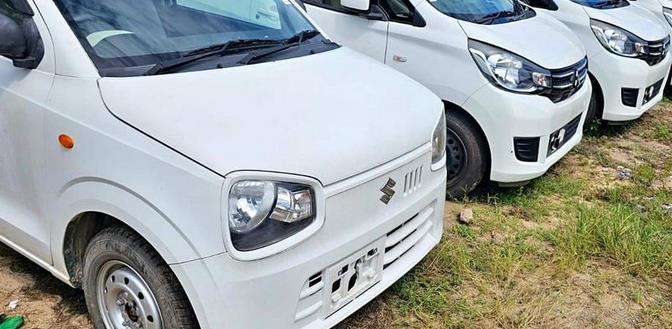Buying and selling of second-hand car in Kenya can be complicated. Below is the process you can use to avoid being scammed your money:
- A) SELLING
* Take your car for Valuation. Do not Sell blindly. A valuation report gives you the current market value and forced value of your car. This will enable you sell factualy. Your selling margins should not be too high or too low from the forced value provided for in the valuation
* Engage the buyer , meet in an open secure place in the company of a close friend or relative.
* Arrange for a test drive around the city. Avoid going for test drives in rural areas away from people in isolated places. robberies occur in such places.
* Clean the interior and exterior .
* Have all documents in photocopy. Do not walk with originals.
* Have a service history of the vehicle with you. It is important to notify the buyer of any issues with the vehicle and clarify reason for selling.
* Have a lawyer draft a sale agreement for you.
* All cash transfers to be done via bank transfer. NEVER Accept cash from anyone no matter how small the amount is. This makes it easier to track payments and offer proof of sale.
* Have a lawyer hold the vehicle as the transfer takes place. The new owner should pick the car with the lawyer as a witness.
* Cancel your insurance policy immediately the sale agreement is done. Insurance contracts are non transferable.
* Give out all accessories belonging to the vehicle e.g spare keys, special wheel key, if you have installed a tracking device have it removed so that the new owner takes up one for themselves. do not have car track logins for a car you no longer own.
BUYING
* Shop around. do not rush. Two weeks of ground work is enough.
*Approach showrooms for repossessed units or get in touch with a bank for the same.
* Go with a mechanic who can and should give a sober overview of the car without any bias. Have them start off with the engine, gearbox then body in that order.
* Let the car idle for 5 minutes without racing it. if it vibrates and goes off avoid such.
* For CVT transmissions check the gearbox by using this simple trick.
– Press on the foot-brake
– Switch on the car.
– Remove handbrake
– Shift the gear lever from Parking ,Reverse to Neutral to Drive and back to parking all while pressing the brake pedal in . If the vehicle jerks or shakes as you do this then it probably has faulty transmission or worn out engine /gear mountings.
* Check body work for irregular paint work , non aligned edges and cracks. cracks indicate that filler was used on that part after an accident. lift the bonnet , check beneath it, how heavy is it ? a heavy bonnet is a sign of filler use.
* When doing test drives, switch off the radio to listen to any strange sounds coming from the engine bay, front suspension. on your way back seat at the rear seats to feel how the rear suspension rides. The driver should feel the steering rack and how it turns too.
* All cash transfer should be done via bank and nothing else for purposes of tracking payments and ensuring accountability. Make sure that the account owner is the name in the logbook. Do not send money to a different account or else you will sing “Luwere luwere luwere !”
* Sign the sale agreement in front of a lawyer and have them as a witness.
* Initiate logbook transfer immediately and immediately take possession of the original logbook. If the logbook is not in the name of the seller avoid such deals.
* Take out insurance cover in your name asap. The owner should cancel his insurance immediately. insurance contracts are not transferable.
* Buying a car should happen during working days and not weekends or holidays i.e when banks and lawyers are open for business.
* Keep copies of the sellers National id , KRA Pin together with the sale agreement duly signed and stamped by the lawyer who acts as a witness.

